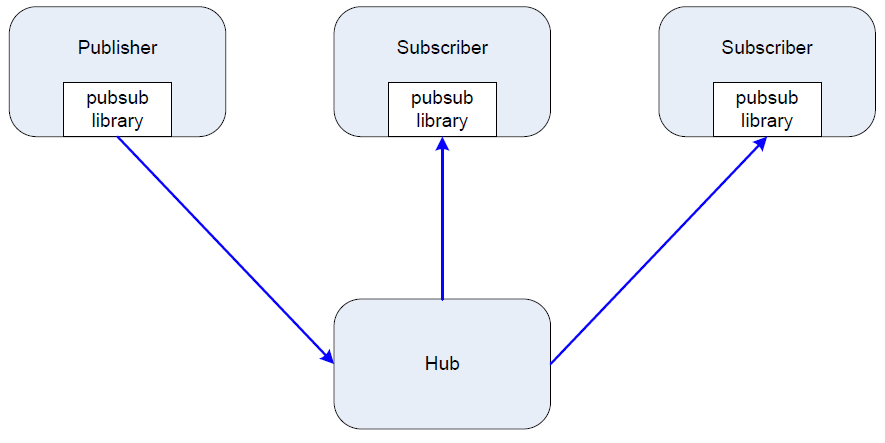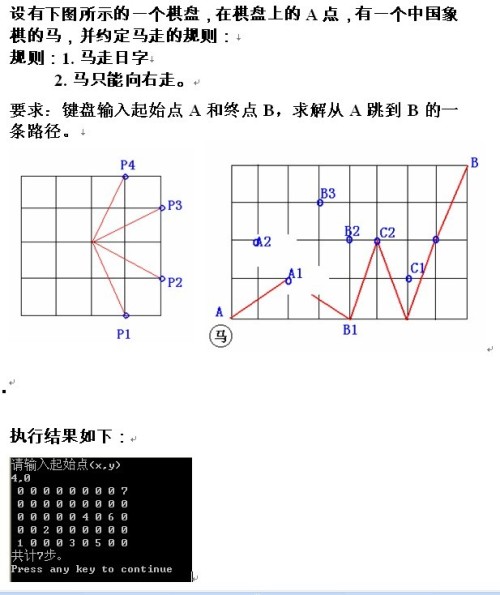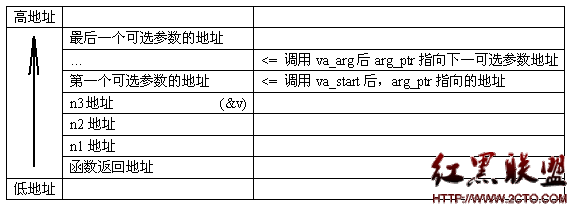练习使用 STL sort 对容器进行排序
主要练习使用 std::sort 对 std::vector, std::string 等进行排序,并学习如何通过指定自定义排序方法或者重载 operator < 操作符等方式来自定义排序规则。[cpp]#include <string>#include <vector>#include <algorithm>#include <functional>#include <iostream>struct Vec2D{float x;float y;Vec2D() : x(0.f), y(0.f){}Vec2D(float fx, float fy) : x(fx), y(fy){}};std::ostream& operator << (std::ostream &out, const Vec2D &val){return out<<"("<<val.x<<","<<val.y<<")";}struct Vec3D{float x;float y;float z;Vec3D() :x(0.f), y(0.f), z(0.f){}Vec3D(float fx, float fy, float fz) : x(fx), y(fy), z(fz){}float length_squared() const{return x * x + y * y + z * z;}float length() const{return sqrtf(length_squared());}bool operator < (const Vec3D &rhs){return length_squared() < rhs.length_squared();}};std::ostream& operator << (std::ostream &out, const Vec3D &val){return out<<"("<<val.x<<","<<val.y<<","<<val.z<<")";}template <class T>void print_vector(const std::vector<T> &v){using std::cout;using std::endl;for (std::vector<T>::const_iterator iter = v.begin(); iter != v.end(); ++iter){cout<<(*iter)<<"\t";}cout<<endl;}// vector<int>排序方法,这里按绝对值由小到大排序static bool sort_comp_int(int elem1, int elem2){return abs(elem1) < abs(elem2);}// vector<Vec2D>排序方法,这里先按x由大到小排序,如果x相同再按y由小到大排序static bool sort_comp_Vec2D(const Vec2D &elem1, const Vec2D &elem2){if (elem1.x > elem2.x)return true;else if (elem1.x == elem2.x)return elem1.y < elem2.y;return false;}int main(int argc, char **argv){using std::cout;using std::cin;using std::endl;cout<<"========== sort std::vector<int> ==============="<<endl;std::vector<int> vi;vi.push_back(3);vi.push_back(-4);vi.push_back(1);vi.push_back(5);cout<<"before sort: "<<endl<<"\t";print_vector<int>(vi);// 使用默认的排序算法(operator <)由小到大排序std::sort(vi.begin(), vi.end());cout<<"sort default: "<<endl<<"\t";print_vector<int>(vi);// 使用 STL 提供的由大到小的排序算法std::sort(vi.begin(), vi.end(), std::greater<int>());cout<<"sort greater: "<<endl<<"\t";print_vector<int>(vi);// 使用自定义的排序算法std::sort(vi.begin(), vi.end(), sort_comp_int);cout<<"sort user defined: "<<endl<<"\t";print_vector<int>(vi);//////////////////////////////////////////////////////////////////////////cout<<"========== sort std::string ==============="<<endl;std::string s = "Hello, world!";cout<<"before sort: "<<endl<<"\t";cout<<s<<endl;std::sort(s.begin(), s.end());cout<<"sort default: "<<endl<<"\t";cout<<s<<endl;//////////////////////////////////////////////////////////////////////////cout<<"========== sort std::vector<Vec2D> ==============="<<endl;std::vector<Vec2D> v2;v2.push_back(Vec2D(3.f, -1.f));v2.push_back(Vec2D(1.f, 6.f));v2.push_back(Vec2D(3.f, 3.2f));v2.push_back(Vec2D(2.f, 0.f));cout<<"before sort: "<<endl<<"\t";print_vector<Vec2D>(v2);// 使用自定义排序算法std::sort(v2.begin(), v2.end(), sort_comp_Vec2D);cout<<"sort user defined: "<<endl<<"\t";&nb补充:软件开发 , C++ ,上一个:九度教程第67题
下一个:杭电1251 : 统计难题 - 字典树的简单应用
- 更多C/C++疑问解答:
- 关于c++的cout输出的问题。
- 在学校里学过C和C++,不过学的很一般,现在自学C#,会不会很难?
- 全国计算机二级C语言笔试题
- 已知某树有2个2度结点,3个3度结点,4个4度结点,问有几个叶子结点?
- c++数据结构内部排序问题,整数排序
- 2012九月计算机二级C语言全国题库,,急求急求
- 如果assert只有一个字符串作为参数,是什么意思呢?
- C语言中,哪些运算符具有左结合性,哪些具有右结合性,帮忙总结下,谢谢了!
- 为什么用结构体编写的程序输入是,0输不出来啊~~~
- 将IEEE—754的十六进制转化为十进制浮点类型,用C或C++都行,多谢各位大侠啊,非常感谢!
- 为什么这个程序求不出公式?
- 这个链表倒置的算法请大家分析下
- c语言函数库调用
- C语言unsigned int纠错
- C语言快排求解啊





